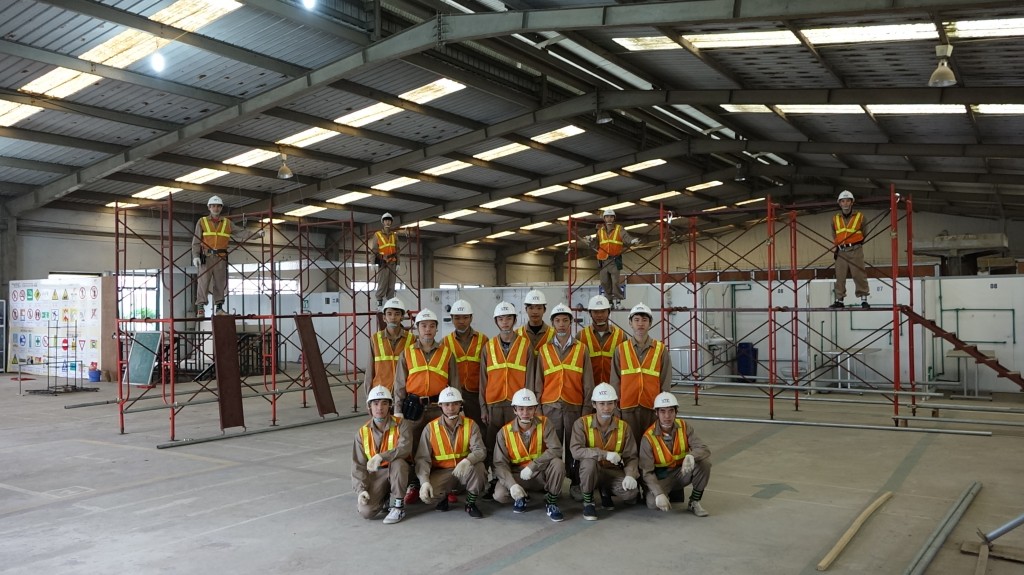Vietnamese Workers in the European Market: Comprehensive Report 2025
Vietnamese Workers in the European Market: Comprehensive Report 2025
In the era of globalization and labor mobility, exporting Vietnamese labor to international markets has emerged as an important strategy for economic development and poverty reduction. Among the most promising destinations, Europe stands out as a lucrative but complex market. With aging populations, labor shortages in key sectors, and growing demand for skilled and unskilled labor, European countries are increasingly turning to non-EU countries such as Vietnam to meet their labor needs.
This report provides a comprehensive overview of Vietnamese labor in the European market, focusing on current trends, main destination countries, employment sectors, legal framework, challenges, opportunities and strategic recommendations to improve Vietnam’s labor export performance to Europe.

Vietnam Manpower Supply Group (VMS Group) – Leading human resource supply company in Vietnam
Background
1. Vietnam’s labor export policy
Vietnam began formal labor export activities in the 1980s, initially targeting countries in the Soviet Bloc. Over the years, the Vietnamese government has implemented various policies to expand labor exports, recognizing the benefits of remittances, job creation, and skills transfer. Organizations such as the Ministry of Labor, Invalids and Social Affairs (MOLISA) and the Department of Overseas Labor (DOLAB) have played an important role in regulating and promoting overseas employment.
2. Europe – a destination that attracts many workers
Traditionally, Vietnam’s labor export has focused on East Asian and Middle Eastern markets. However, recent bilateral agreements and the EU-Vietnam Free Trade Agreement (EVFTA) have opened up new avenues for labor mobility between Vietnam and Europe. Countries such as Germany, Poland, Romania, Hungary, Slovakia and the Czech Republic have become important destinations for Vietnamese workers.
Main destination countries of Vietnamese workers
1. Germany
Germany is a top destination for Vietnamese workers in Europe, especially in the healthcare and nursing sectors. Through government-sponsored programs, Vietnamese nursing trainees receive German language training and pre-employment healthcare activities. Germany has also welcomed Vietnamese workers in the construction, logistics and hospitality sectors.
2. Poland
Poland has become a prominent hub for Vietnamese workers in the construction, manufacturing, agriculture and services sectors. The Polish government has signed several memoranda of understanding with Vietnam to streamline recruitment and ensure legal employment.
3. Romania
Romania is facing a serious labor shortage due to emigration and population decline. Vietnamese workers have taken on roles in construction, shipbuilding, manufacturing and agriculture. The Romanian government has eased visa and work permit procedures to attract foreign workers.
4. Hungary
Hungary is increasingly recruiting workers from Vietnam in the fields of electronics, garment manufacturing, food processing and the automotive industry. Some Hungarian companies have partnered with Vietnamese labor supply companies to meet the growing labor demand.
5. Czech Republic and Slovakia
These countries have seen increasing numbers of Vietnamese immigrants and temporary workers, particularly in the retail, food and manufacturing sectors. Long-standing Vietnamese diaspora communities have facilitated integration and employment.

Job sectors
Vietnamese workers are recruited in many different sectors across Europe, including:
Healthcare and elderly care (especially in Germany)
Construction and civil engineering (Romania, Poland, Germany)
Production and assembly lines (Hungary, Slovakia, Czech Republic)
Agriculture and seasonal farming (Poland, Romania)
Hotels and domestic work (Germany, Poland)
Vietnamese workers are often highly regarded for their diligence, discipline and willingness to learn. Many European employers see them as long-term contributors rather than short-term replacements.
Legal and institutional framework
1. Bilateral agreements
Vietnam has signed several agreements and memorandums of understanding (MOUs) with European countries to formalize labor cooperation. These agreements set standards for recruitment, working conditions, and worker protection.
2. European Union Policy
EU directives on labour mobility, third country nationals and seasonal work affect the way Vietnamese workers are recruited and employed. Employers and recruiters must comply with EU labour law, anti-discrimination laws and occupational health standards.
3. Vietnam regulations
Vietnamese law regulates the export of labour through licensed agencies. MOLISA oversees agency operations, workers’ rights, training programmes and dispute resolution mechanisms. Workers must undergo pre-departure orientation and sign contracts before they leave.
Challenge
1. Language and cultural barriers
Language skills remain a major barrier for Vietnamese workers in Europe, especially in healthcare and technical roles. Cultural differences can also lead to difficulties in integration and misunderstandings in the workplace.
2. Legal risks and informality
Some Vietnamese workers are forced to work informally or without documentation due to loopholes in the recruitment process or exploitation by unscrupulous brokers. This leaves them vulnerable to legal and labor abuses.
3. Mismatched skills
The mismatch between the skills of Vietnamese workers and the requirements of European employers can hinder job performance and employee retention. Inadequate training programs exacerbate this problem.
4. Bureaucratic barriers
Long visa processing times, inconsistent documentation requirements and cumbersome administrative procedures in both sending and receiving countries can delay implementation and discourage employers.
Opportunities for Vietnamese workers
1. Demographic trends in Europe
Europe’s aging population and falling birth rates are creating long-term labor shortages, especially in healthcare, elderly care and skilled trades. This trend creates a sustainable demand for Vietnamese workers.
2. Positive reputation of Vietnamese workers
European employers often praise Vietnamese workers for their reliability and work ethic. This positive reputation enhances Vietnam’s competitiveness as a labor-sending country.
3. Digital Transformation
Digitizing recruitment, training, and contract management can streamline processes, reduce fraud, and improve the employee experience.
4. Policy driven
The EVFTA and other bilateral initiatives provide the legal and economic framework to facilitate labor cooperation and reduce barriers to entry.

Vietnamese workers have established a significant presence in the European labour market, contributing to both domestic economic development and labour stability in host countries. By addressing the challenges and exploiting the opportunities through smart policies, advanced training and international cooperation, Vietnam can become a leading source of skilled, dynamic and competitive labour for Europe in the coming decades.
This report highlights the potential of Vietnamese workers in Europe and provides actionable insights for policymakers, employers and stakeholders to strengthen and sustain this important channel of labour migration.


